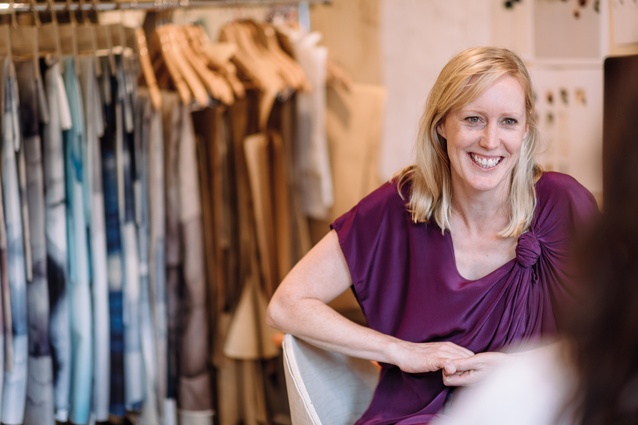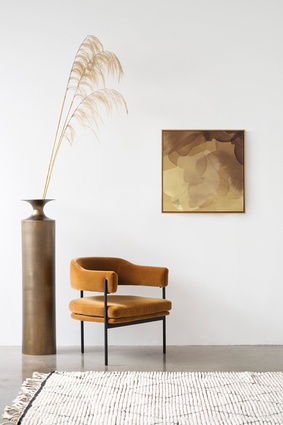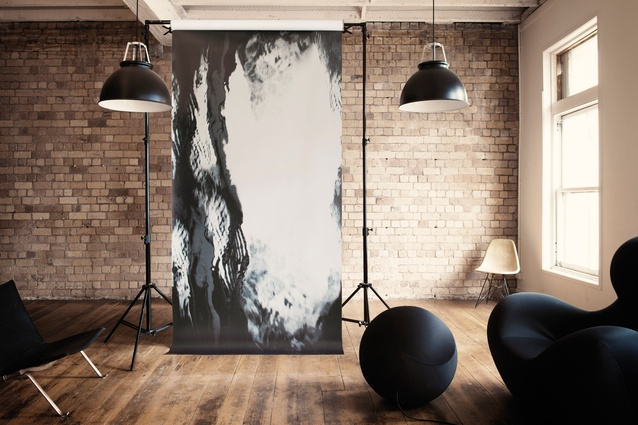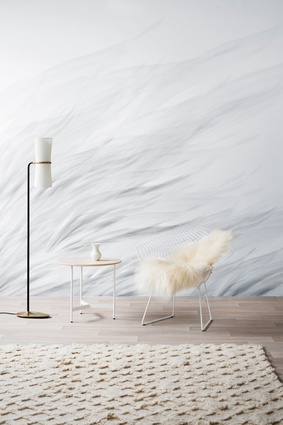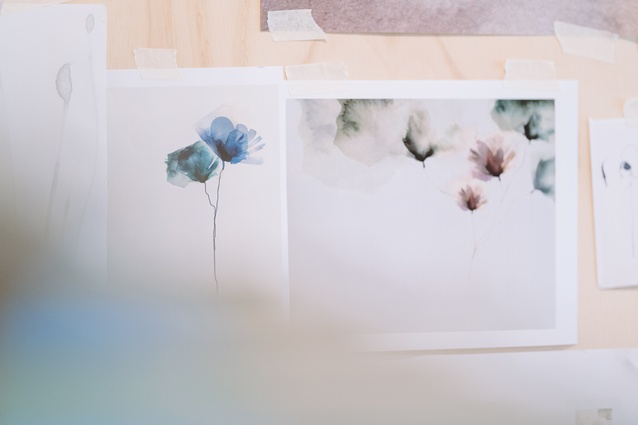Design people: Emma Hayes
Justine Harvey caught up with Emma Hayes from design company Emma Hayes Textiles to talk about the evolution of her craft, the inspiration behind her designs and how she manages her business with three-year-old triplets.
Justine Harvey (JH): How long have you been designing textiles?
Emma Hayes (EH): About seven years. Initially, I launched a line of textile products – wallpapers, throws and cushions – but it developed into a focus on wall coverings and textiles by the metre. Then I had a pause when I had the triplets.
JH: What took you from graphic design into textile design?
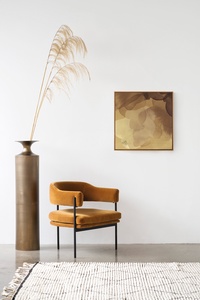
EH: I worked in graphic design and advertising, then for a friend’s fashion label, Cybèle, developing fabric prints and textiles and in various aspects of marketing. But I wanted to move away from fashion and there was a lack of homewars in the market; that appealed to me so I started creating my own pieces.
JH: What are the ideas behind your latest collection?
It all starts with painting watercolour textures by hand. I sit at the table and do some painting. Everything begins with handmade marks and I will manipulate it from there. I like those gradients in tone and the accidents that happen when you’re doing something by hand. My latest collection is called Bloom and there are a lot of petals and organic shapes.
I was thinking about the scale of the print when it is on the wall. I like the large-scale works of the American abstract expressionists Frankenthaler and Rothko and of New Zealand artist Colin McCahon, who was painting at the same time as the Americans were. He went to the States and was blown away by the size of the works and the expansiveness of the landscapes. He came back and produced the Northland Panels.
The idea is large scale but not confined by its edges. When you’re designing wallcoverings, you have to consider how they work in the space. I like large expanses of colour and working with emotions as well.
JH: You use subtle colours and prints that are quite timeless.
EH: Yes. When I was working in fashion, you would put all this work into a collection of prints and designs and, then, you’re straight onto the next thing. Creating this business, I wanted to think about longevity and creating a library of designs. My use of colour has been evolving with each release that I do. I don’t like loud or brash colours; instead, I like to transition from light to dark within the work.
JH: What is your focus now? Are there still finished products on offer?

EH: We offer cushions but we’ve moved away from products. We’re not involved in production so much since I had my boys; it makes things simpler. Our focus now is on growth: mainly overseas but here too. We’re doing more custom and commercial projects, which is exciting. It includes developing heavy-duty coverings suitable for high-traffic areas and creating different substrates on the same themes.
JH: Is the manufacturing carried out here?
EH: Some wall coverings are made here. With the residential-grade coverings, we work with a company that has been doing it for 100 years and that focuses on quality. Our wallpapers need to be beautiful and the quality should set us apart from other designers. There are a lot of digital printers out there but it is important to have quality.
JH: It must be nice to be working for yourself.
EH: It’s exciting and challenging. I’m interested in the business side as well as the design side. I am quite driven and I always have things I want to achieve. I used to be a workaholic but now, with three little boys, although I work hard, I am forced to stop and have family time and play. I have balance now, which is good for me.
Hayes’ designs are available at emmahayes.co.nz and paperroom.co.nz.

